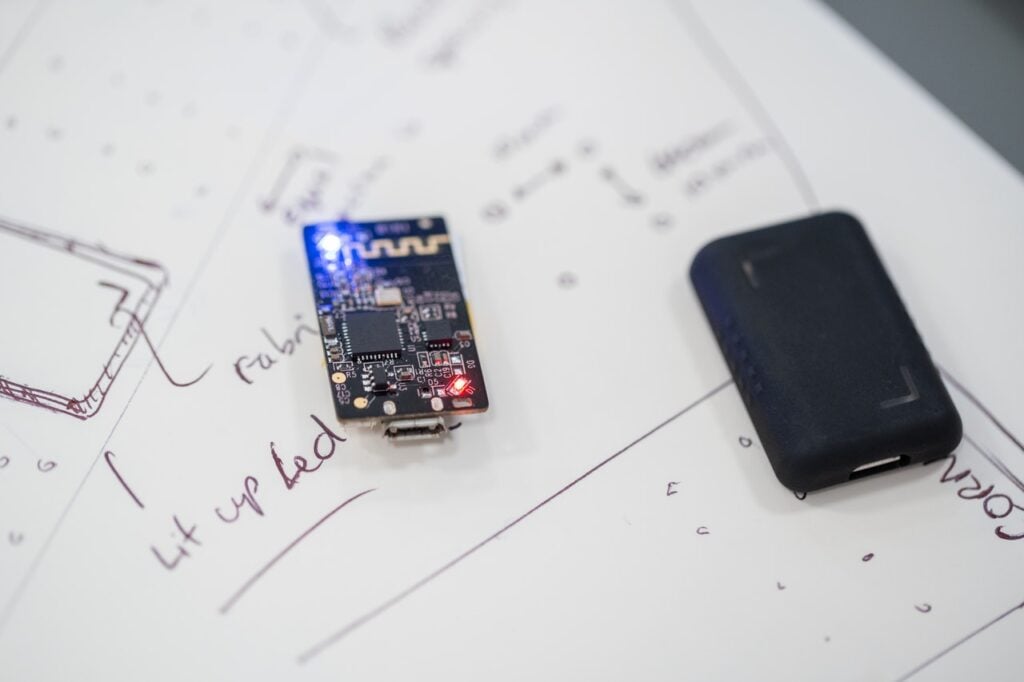The Prototype is a Vital Step in the Startup Process
It’s a long way from an entrepreneur’s “idea” to a working product with a real market and paying customers. A necessary intermediate step for proof of concept, credibility with potential investors, and communication with your team, is a working prototype. Building a prototype should be an early and high-priority task for every startup.
A prototype doesn’t need to look great or be built to scale, but it had better accurately translate your vision into something real and tangible. For less tangible products, like software, it should simulate the look and feel of the final product on relevant base hardware. Here are some key objectives to keep in mind when designing your prototype:
- Validate the customer need and opportunity. I always hate it when I see startups invest millions of dollars in technology before they validate their ideas in the market, only to find that customers seem to be looking for something slightly different. Test your idea early in a form that is easy and inexpensive to modify.
- Demonstrate to you and your team that your idea is implementable. No matter how strong your vision and theory, you won’t know for sure until you see it, that it really works. Even the best ideas often fail. Even when it works, key members of your team may not understand it all until they can touch and feel it.
- Leverage the technology to change directions as needed. In these days of rapid change, almost every startup has to adapt their solution, business model, or target customer. A pre-production prototype will allow you to be adaptive without dire consequences.
- Convince potential investors to take you seriously. Angels and venture capitalists are all about reducing the risk. Per the above points, if you have a validated, working prototype, investment risks are dramatically reduced. These days, if you don’t have a proven prototype, investors probably won’t even talk to you.
- Early start on testing performance, materials, and quality. Work with the prototype will help you determine the best materials, like metal versus plastic, to assure acceptable performance and durability. Don’t wait for the final production model to find out that your product has a weak link in one of the common environments.
- Basis for working with vendors to finalize costs, manufacturing, and marketing. After the market and product have been validated, the real challenge comes. You need to find vendors who can deliver in less cost and time than competitors, and build distribution and support channels. A prototype is the three-dimensional version of your vision.
There is nothing wrong with starting simple, engaging a friend who does mechanical design, or a student at a local industrial design school. In fact, many universities have expert professors, graduate students, and laboratories in all the key technologies, and they may be happy to do the work for you if they can use it for class projects and Government Grant applications.
If you are ready for the next stage, it’s easy to find commercial resources on the Internet, like ThomasNet, a one-stop database of 650,000 manufacturers, distributors, and prototype developers, covering every state and country. There are new methods of prototyping, like stereo-lithography, which allow plastic prototypes to be made directly from computer drawings for a few hundred dollars, rather than waiting for injection molding at more than $10,000 per item.
Even at early stages, you can get invention support services from sites like Invention Home in Pittsburg. Just don’t get carried away here, and remember that the invention process is risky, with only a small percentage of inventions or products succeeding on the market. There is no magic, so don’t spend all your money assuming that these companies will guarantee your success.
Don’t skip the prototype stage for all the business reasons listed, and because it is a great way to explore possibilities, and have fun using your creative juices. The prototype is where you really bring your product idea to life, for yourself, as well as for everyone else.

